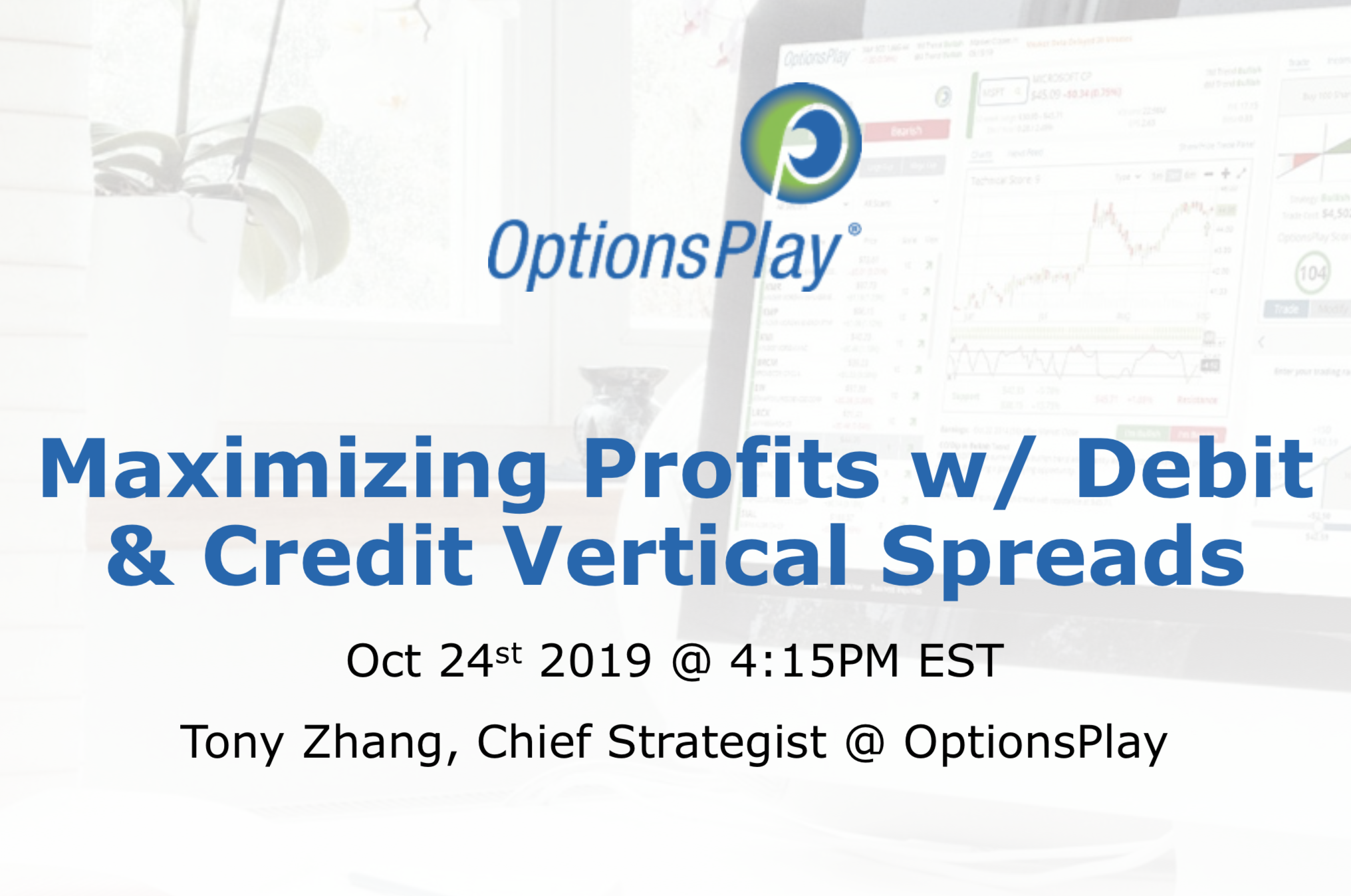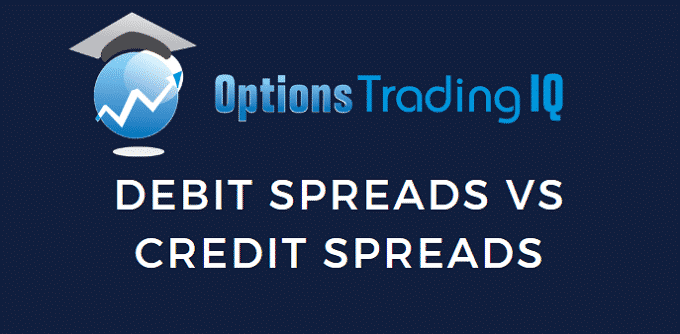
It could be a move higher in the next couple of weeks.

I agree that it could be a play for the bullish direction. It did have a pretty good breakout today, and MACD and some of the other technical indicators are pointing towards a higher move. Let’s just say that for some reason, you’re directionally bullish on this stock. The first example is EEM, and this is an emerging market’s ETF. I have two examples that we’re going to go through here tonight on our Thinkorswim platform. The next step is to determine where implied volatility is because volatility is our edge in the market trading options, so we want to have a good understanding of where implied volatility is.

In this case, we’re already bullish, so that's good.
Debit credit spread pdf#
In this video, we’ll help you figure out which strategy is best for the current market and it all starts by analyzing current IV rank or percentile.Īs we always say and as we have in our downloadable PDF strategy guide which you can find at is that it all starts with understanding where you think the market might go. If you’ve decided that you're bullish on some future direction of stock or ETF, that’s great, but should you choose to trade a debit spread or a credit spread…Īnd often, this is a question that I get so many times from our members and from students that I coach, is that they just don’t know which way to go with a debit spread or with a credit spread.


In today's video, we want to talk about how you decide between doing a bullish trade in a debit spread or a credit spread format. Decision recipes Comparing underlying symbol price Evaluating symbol type Comparing underlying symbol properties Evaluating underlying symbol performance Evaluating underlying symbol standard deviation Comparing underlying symbol price to an indicator Comparing multiple underlying symbol indicators Evaluating underlying symbol implied volatility rank Evaluating underlying symbol earnings reporting Evaluating underlying symbol price probability Evaluating underlying symbol probability within range Evaluating bot properties Evaluating bot available capital for opportunities Comparing bot position count to position type Comparing bot position count to underlying symbol Evaluating bot position count to position type and underlying symbol Evaluating bot last position activity Evaluating bot last activity with underlying symbol Comparing bot active orders status Comparing bot active orders status with underlying symbol Evaluating bot position availability Evaluating bot tags Evaluating opportunity availability Evaluating opportunity return expectations Comparing opportunity attributes Comparing opportunity leg attributes Comparing opportunity bid-ask spread Evaluating opportunity probabilities Evaluating position performance Comparing profit target to trailing value Comparing position time to expiration Comparing position duration Evaluating position underlying symbol Comparing position properties Comparing position leg properties Evaluating position type Evaluating position side Comparing underlying symbol price to position leg Evaluating position tags Evaluating underlying symbol indicator properties Comparing multiple underlying symbol indicator properties Evaluating MACD technical indicator Comparing Bollinger Bands to symbol price Evaluating stochastic technical indicator Comparing VIX properties Evaluating market time of the day Evaluating days of the week Evaluating bot switches


 0 kommentar(er)
0 kommentar(er)
